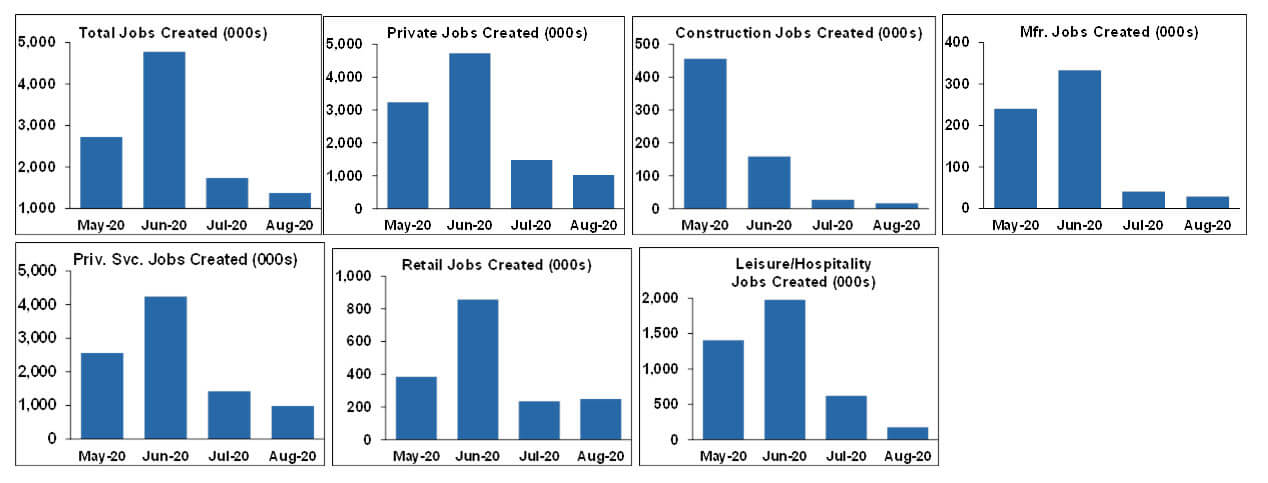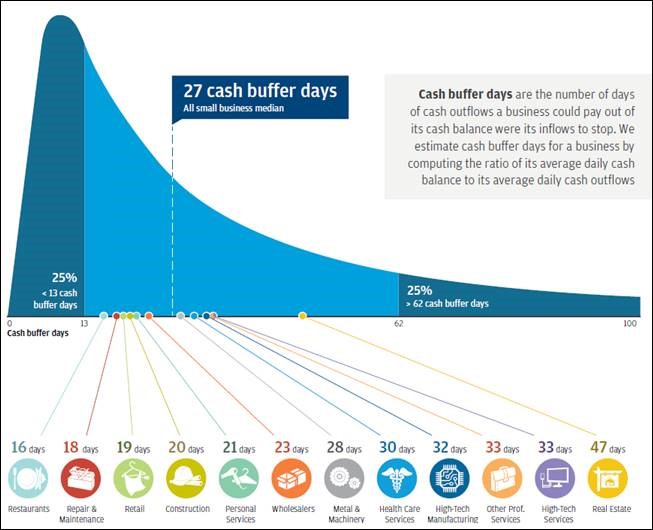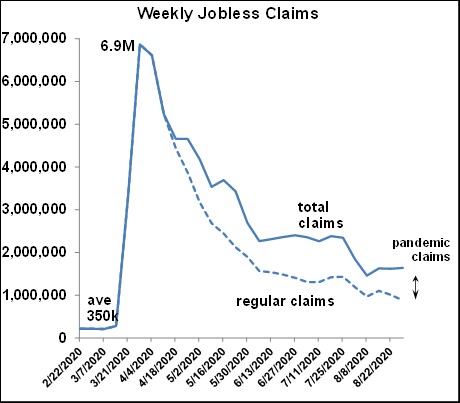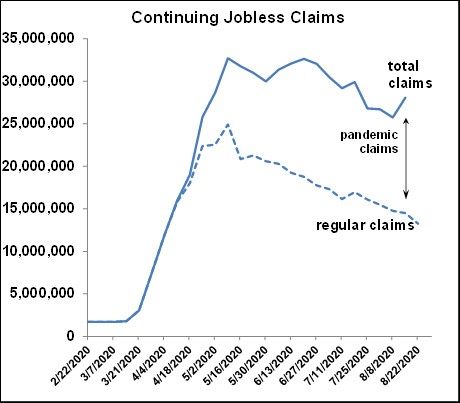The Labor Day weekend here in the U.S. is, socially speaking, the end of summer, and the beginning of the fall. And Friday’s employment report provided an apt metaphor. The data showed sunny and warm results from August but also showed leaves falling in the background and cooler temperatures.
The headline number of 1,371,000 jobs created was very strong and right about at expectations. The unemployment rate smashed through expectations of around 9.8% and instead made an epic 1.8% descent (the second largest ever after June’s 2.2%) to 8.4%.
Job gains were widespread, the labor force participation rate rose 0.3% to 61.7%, the employment to population ratio leaped 1.4% to 56.5%, and the broader “underemployment” rate fell to 14.2% from 22.8% in April. The number of people on furlough fell by 7.1 million. Those on temporary layoffs declined sharply by 3.1 million. It was a lovely month indeed.
But then the leaves started to fall.
First, even though the number of people who said they were on temporary layoff fell sharply, that still left 6.2 million workers on the sidelines waiting to go back to work. Second, the unemployment rate is from the less reliable part of the report known as the household survey and looks a little questionable. On top of the usual uncertainty, the Bureau of Labor Statistics said that the unemployment rate is actually understated by about 0.7% due to classification errors. The next problem was that of the 1.371 million jobs created, 238,000 were temporary jobs for Census workers, and without them, the headline job growth number would only have been 1,133,000.
Most importantly, however, job gains across all sectors are definitively slowing. This is the single most important feature of the report because it shows what will probably be a continuing trend.























